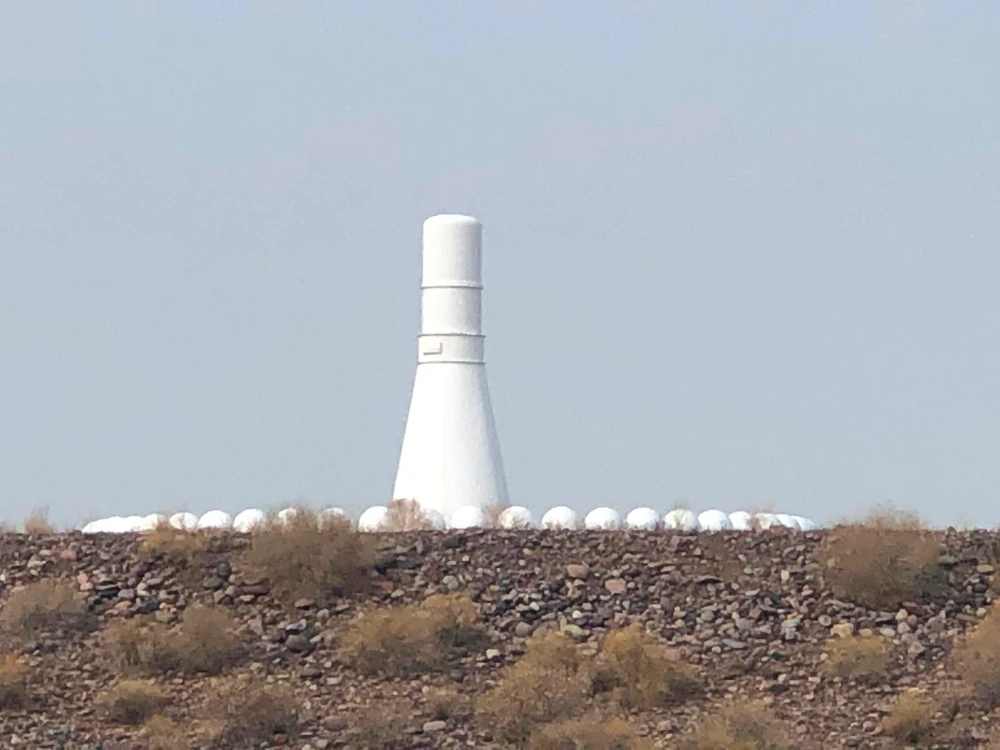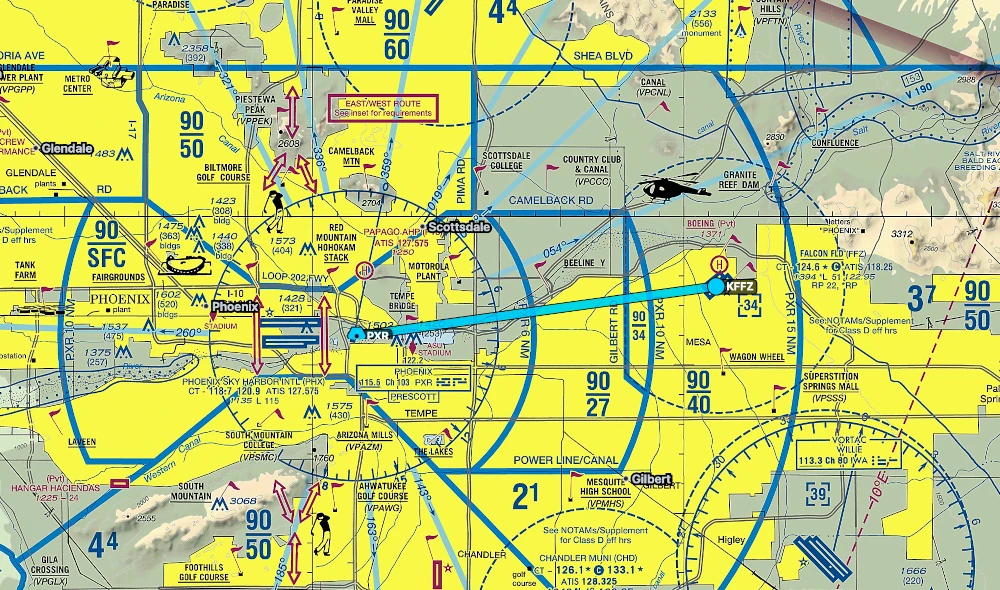
How to Track a VOR
Published by:
Blake Murphy
A VOR, or Very High Frequency Omnidirectional Range, is a navigation tool in aviation. It comprises a ground station and an aircraft receiver, which work together to provide pilots with accurate position and course information during flights.
Tracking a VOR involves a systematic process to ensure precise navigation. Here are the steps to effectively track a VOR:
-
Tune the VOR: Start by tuning the VOR receiver to the desired station frequency. Hit ID and ensure that the morse code you hear matches what you see in the sectional.
-
Identify Your Position: Use the Omnibearing Selector (OBS) to center the CDI needle. This aligns the aircraft with a specific radial either to or from the VOR station, depending on the VOR receiver indication.
-
Determine Intercept Heading: Assess your current heading and calculate the correct heading needed to intercept and track the selected VOR radial.
With the OBS set and the CDI centered, the aircraft is aligned with the selected VOR radial. To maintain alignment and account for wind correction, turn the aircraft to the calculated heading and keep the CDI centered. Keep the aircraft on the desired radial.
Tracking the Phoenix PXR VORTAC
Imagine you are south of the Phoenix VORTAC (PXR) over past Tempe near Chandler and Gilbert. You’re right over Chandler Municipal airport and you want to fly direct to the Phoenix VORTAC.
 Phoenix Class B Airspace Chart
Phoenix Class B Airspace Chart
Let’s follow the steps outlined earlier and intercept the VOR course and track it to the station. Tune your VOR receiver to PXR and identify the station. Center the Course Deviation Indicator (CDI) needle using the OBS and make sure you are going TO the station. Determine your intercept heading. If the OBS is turned to 310, centered, and has a TO indication. And your flying in the direction of 310, then you are have intercepted and tracked the PXR VOR. Adjust your heading taking into account wind correction to ensure you keep the CDI centered.
Returning To Falcon Field From Phoenix VORTAC
After flying towards and then reaching Phoenix VORTAC, we head home to KFFZ in Mesa. If we wanted to use the VOR to direct us to KFFZ, the next steps would be to turn the VOR to the correct radial and then fly to keep the VOR centered.
 Phoenix Falcon Field Airspace Chart
Phoenix Falcon Field Airspace Chart
In this route when we turn the OBS to 070 the needle centers. We’re right over by the ASU Stadium and we’re on a 70 radial from the PXR station. Fly a heading of 070 and keep the needle centered to go direct from PXR to KFFZ.
Learn VORs
VOR navigation is a fundamental skill for pilots. This involves tuning the VOR receiver, using the OBS to center the CDI needle on the desired radial, and then adjusting the aircraft heading. Whether navigating over a city like Tempe or approaching from a different direction, these procedural steps are a way to intercept and track a VOR. It is essential to consistently review current aeronautical charts for accurate radial information. Talk to your certified flight instructor (CFI) and have discussions during your ground sessions to comprehensively understand VORs, including their functionality and proper utilization in different flight scenarios. These conversations with your CFI play a crucial role in your understanding and proficiency in flying.
